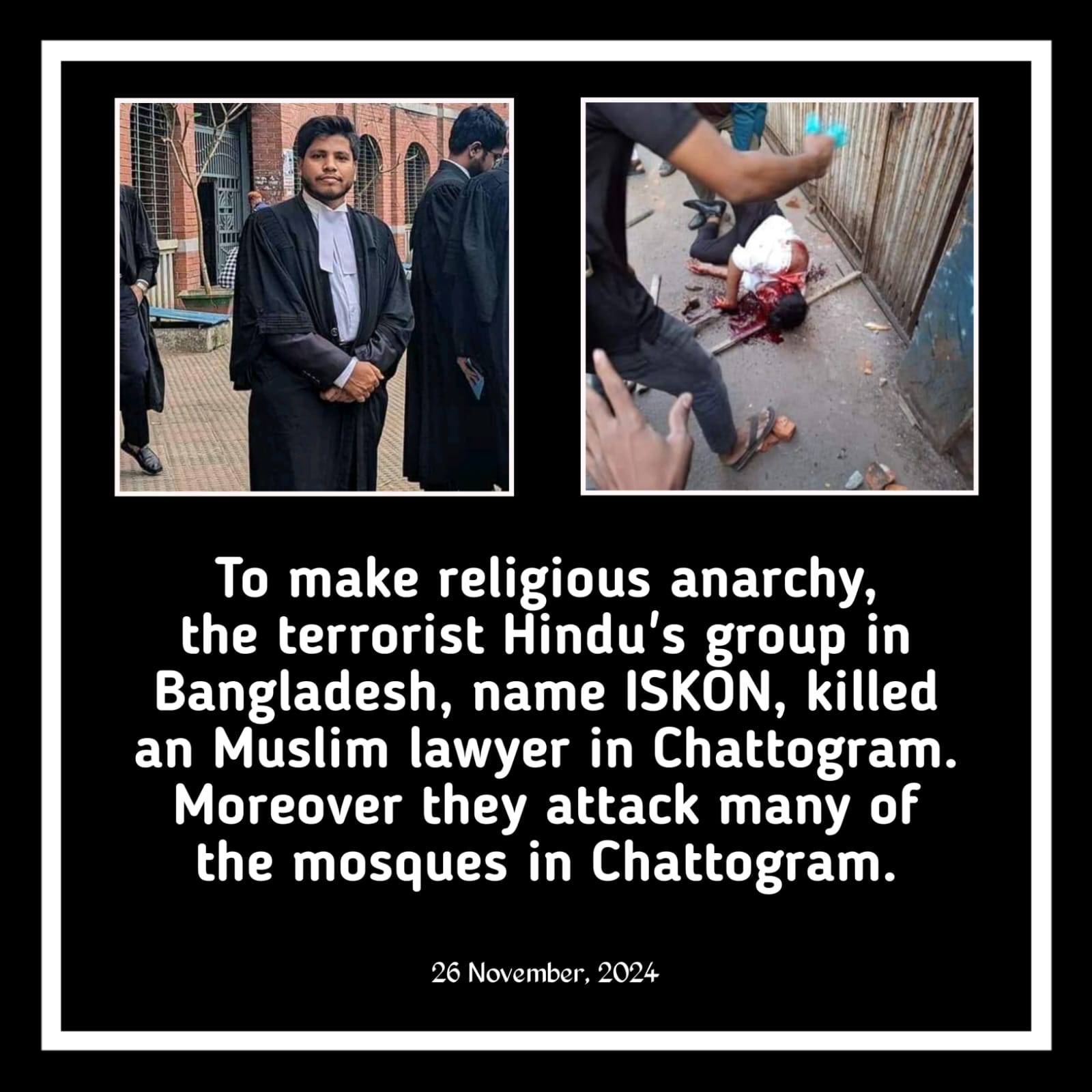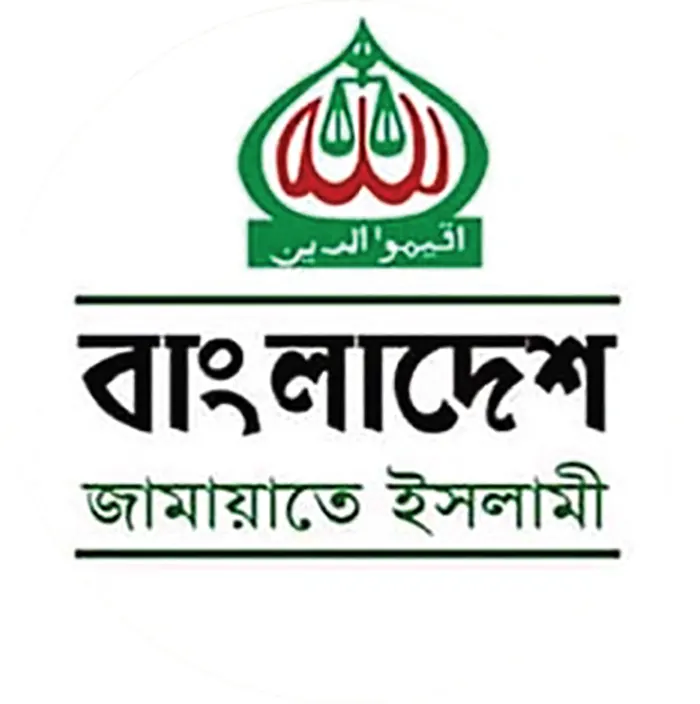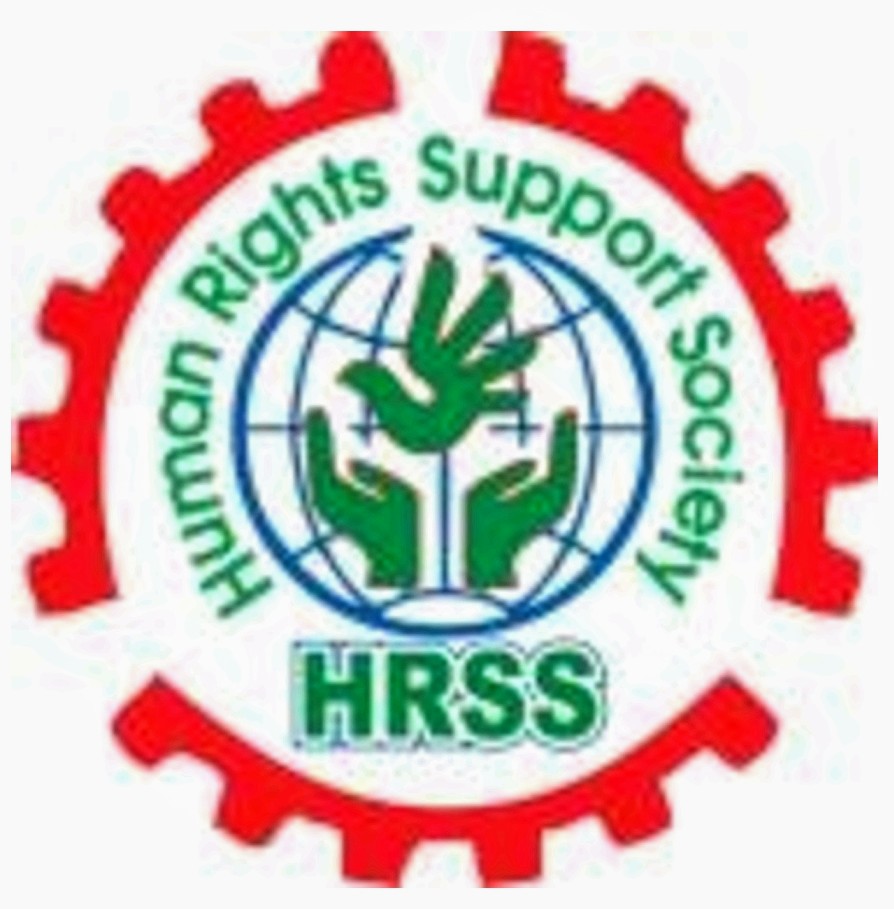Inside the sterilized halls of the National Institute of Ophthalmology and Hospital, a heart-wrenching scene unfolds. Dozens of young men sit in silence, their faces etched with deep despair and uncertainty. Some wear sunglasses to hide their eye injuries, while others have bandages over one or both eyes. They all share a single question: Will they ever see the beautiful world again? These individuals are victims of pellet gunfire, survivors of the recent clashes between quota reform protesters and security forces in Bangladesh.
Among them is 24-year-old Mohammad Anik, a salesperson from Madaripur, about 150 kilometers from Dhaka. According to a duty doctor at the National Institute of Ophthalmology, Anik has less than a 50% chance of regaining his vision due to severe injuries in both eyes. “We are trying our best,” the doctor said. Al Jazeera reports that last Monday, Anik was on his way home from work when he got caught in the clash between protesters and police. Before he could comprehend what was happening, pellets hit his face, causing him to fall unconscious. Passersby rescued him and took him to the hospital.
The National Institute of Ophthalmology and Hospital has treated nearly 500 patients from Dhaka and various districts, with at least 278 suffering injuries to other parts of their bodies. Among them is 10-year-old Mohammad Shamim, who was hit in both eyes by pellets during a clash in Mirpur last Friday. Doctors have said he will never fully regain his vision. His father, Mohammad Idris, weeps for his son’s fate.
The institution’s director, Golam Mostafa, confirmed that these injuries were caused by the use of shotgun pellets during the protests. The pellets either lodged in the central retinal region or exited due to their force, leading to partial blindness. The United Nations has warned against the use of metallic pellets by law enforcement, stating that their use is inappropriate and violates the principles of necessity and proportionality. Security analysts, after reviewing numerous photos and footage, have stated that Bangladeshi police and security forces used 12-gauge pump-action shotguns loaded with metallic pellets.
Al Jazeera attempted to contact Home Minister Asaduzzaman Khan and top police officials via text messages but received no response. Selim Mahmood, the Secretary of Information and Research for the ruling Awami League, told Al Jazeera that he would check whether any lethal weapons were used by the police or paramilitary forces against the protesters. However, the US-based Human Rights Watch has accused Bangladeshi security forces of using excessive force during the protests, a concern echoed by Amnesty International. They reported that protesters were directly fired upon with live bullets, tear gas, sound grenades, rubber bullets, and shotgun pellets. Those injured in the eyes and their families claim that the police used force indiscriminately, firing without pause.
Rokibul Ahsan, a fourth-year statistics student at BM College in Barisal, was among the protesters. He was shot in both eyes during a demonstration last Tuesday. Doctors are uncertain if his vision will fully recover. Ahsan expressed his frustration, saying, “We were protesting a legal issue. For this, we were shot. There is no justice here.”
In the same hospital ward as Anik is Suman Mia, a mason from Madaripur. He was hit in the right eye. Unlike Ahsan or Anik, Suman was not involved in any anti-government protests; he was merely returning home from work. Despite undergoing surgery, doctors were unable to save his eye. His sister, Lipi Akter, questioned, “My brother was not involved in any protest. Why was he shot? Who will be held accountable for this?”









